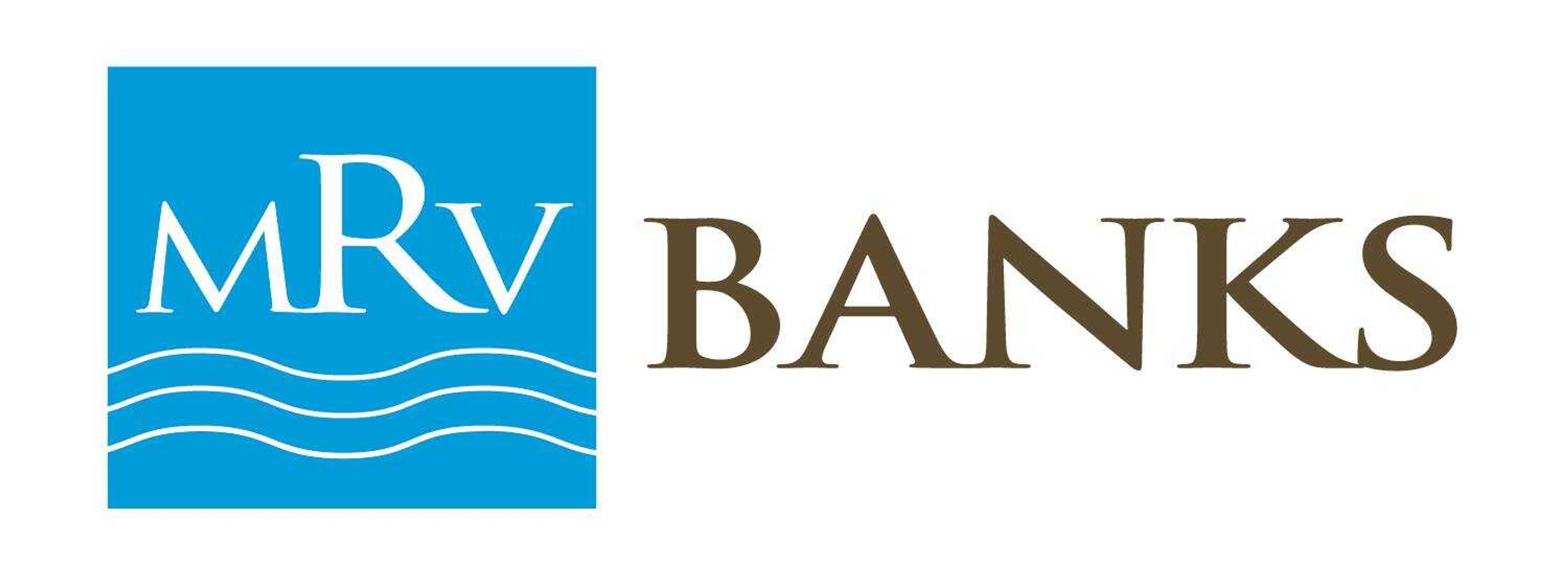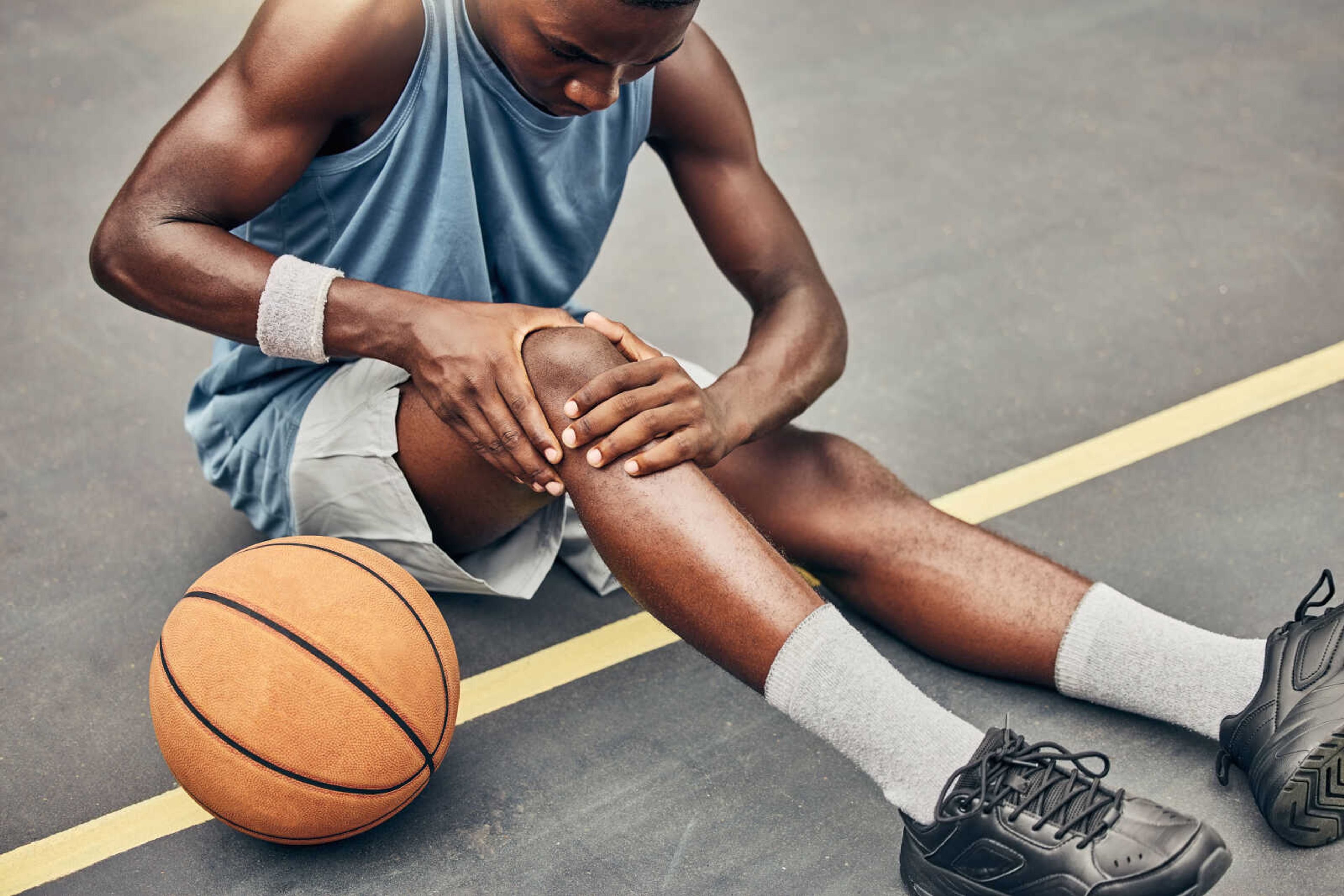Drinking on a diet? Those calories can add up fast
The first rule of drinking on a diet is: Don't. Surely you've heard that Americans get way too many calories -- and nutritionally empty calories at that -- from alcohol. But the second rule of drinking on a diet is that since you probably will ignore Rule No. 1, find a way to enjoy alcohol without letting it swamp your healthy intentions. Here are a few suggestions on how to go about that...
The first rule of drinking on a diet is: Don't. Surely you've heard that Americans get way too many calories -- and nutritionally empty calories at that -- from alcohol.
But the second rule of drinking on a diet is that since you probably will ignore Rule No. 1, find a way to enjoy alcohol without letting it swamp your healthy intentions. Here are a few suggestions on how to go about that
THINK BEFORE YOU DRINK
You don't have to give up alcohol entirely for weight control, says Andrea Giancoli, registered dietitian and spokeswoman for the American Dietetic Association. But you do have to fit it into your calorie limit. Making that work means knowing the calorie counts of what you drink.
For women, federal health guidelines recommend no more than one drink a day (5 ounces of wine, 1.5 ounces of liquor or a 12-ounce beer). For men the limit is two drinks. Though the numbers can vary, most wines sport about 120 calories per serving. Most hard liquors, such as gin and vodka, have about 100 calories per serving. A regular beer has a bit more than 150 calories, while a light beer has about 100.
Those numbers make the hard stuff seem like a good choice when you're watching your calories. Except that most people aren't going to just sip a jigger of vodka and call it a night. And once you start adding mixers and sweeteners and juices, the calories can add up fast.
Just 4 ounces of strawberry daiquiri mixer can add 260 calories to your rum, for a total of 360 calories, roughly the same as a Sausage McMuffin from McDonald's. Even a simple rum and Coke can have 200 calories or more. A vodka and cranberry juice has about the same.
"Mixers can really add up," says Giancoli. "If you like to use liquor vs. having beer or wine, go for the low-calorie mixer. If you're somebody who likes rum and cola, do rum and diet cola. If you're somebody who likes vodka cranberry, you can do vodka with diet cranberry."
It can take some of the spontaneity out of an evening, but if you're planning to drink it's best to plan ahead, tally the calories and budget accordingly.
ICE IS NICE
Lisa McRee, a former "Good Morning America" co-anchor who now publishes the popular recipe and diet tip site The Skinny, remembers being on a "no white foods" diet and being miserable since that included "no white wine." These days she eschews fad diets for a sensible regime of good food cooked well, heavy on the vegetables.
"The philosophy really comes down to eat more things that grow and fewer things that walk," she says.
Cutting carbs and other empty calories leaves a little room for alcohol. And when she wants to enjoy her favorite chardonnay she slips an ice cube or two into the glass. That makes the drink last longer and also dilutes the alcohol, an important point since alcohol is a notorious sapper of willpower.
In summer, she'll do the same with a light red wine. While you probably wouldn't want to do this with a heavy red wine such as cabernet sauvignon -- or in front of your vinophile friends -- serving wine over ice is not without precedent. McRee first came across it while traveling in Italy in 100-degree weather and seeing the locals chill their wine with a few cubes.
GET ON THE FRESH EXPRESS
Jacques Bezuidenhout (Beh-ZWEE-den-out), the master mixologist for Kimpton Hotels & Restaurants, has an easy tip for trimming calories from drinks: Keep it simple.
"When I approach healthy drinking, I focus on what goes in the glass," he says. "Is the juice fresh squeezed? Are we using quality spirits? When you look at those key factors then really look at what kind of sugar you add to the drink! Sugar is the first thing that will start to tag on the calories or assist in a poor feeling in the morning."
Using better ingredients and fresh juice means you need to add less sugar or liqueurs to balance out the cocktail. He recommends using sweeteners such as agave nectar or honey. His diet cocktail? A gin martini, no mixers required.
Alcohol isn't necessarily the best thing to do when you're watching your weight, "but if you're going to do it, we encourage that kind of wellness factor in our bar. Look at what you're putting in your cocktail, balance that sugar," he says.
And one more tip -- buy smaller glassware for your home. If you are constantly trying to fill a 12-ounce martini glass or 14-ounce highball with a cocktail of any kind, your sugar levels and spirit levels will go up, says Bezuidenout.
FLAVOR WITHOUT FEAR
Look for no- and low-calorie ways to add flavor to your cocktails. Diet sodas (including diet tonic water) are an obvious choice. But many companies also offer low-sugar varieties of juices, such as cranberry.
Lemon and lime juice add tons of flavor, but pack just 4 calories per tablespoon. Flavor a serving of white rum with a bit of fresh mint (5 calories for 2 tablespoons), some lime juice, a calorie-free sweetener such as stevia, then pour the whole thing over crushed ice and top with seltzer water and you have a mojito for 110 calories.
Or opt for juices with big flavor so you don't have to use as much. Pomegranate juice -- which has just 18 calories per ounce (2 tablespoons) -- can do wonders for a shot of vodka and a splash of seltzer.
And if you're playing bartender at home, there's always the infusion technique. Get a bottle of tequila or vodka and dump it in a large glass jar. Use a vegetable peeler to strip the zest off a whole bunch of citrus (for example, 8 or so lemons for a 750-milliliter bottle), then add the zest to the liquor. Cover and set aside for four or five days, shaking every once in a while. Strain out and discard the zest. To drink, spike a serving of it with calorie-free sweetener and a splash of seltzer.
Connect with the Southeast Missourian Newsroom:
For corrections to this story or other insights for the editor, click here. To submit a letter to the editor, click here. To learn about the Southeast Missourian’s AI Policy, click here.










